QuestionQUESTION: I have a very old system - I guess you would call it a wet/dry trickle filter system. The one that has the open containers in the bottom underneath the tank. Things go well as long as we have power. When the power goes out I have 10-15 gallons of water all over my floor. I live in Houston and last years hurricane caused some sort of problem with our grid and now it goes out when the wind blows too hard. I have a battery back-up on the tank but it only lasts 30 min to an hour. I love my tank but I am tired of cleaning up the mess all the time. I can't afford an enclosed system at this time. Any ideas on how to minimize the flooding?
ANSWER: Hello Kristina,
yes, I have several ideas and solutions for you. I would like to get some more info from you also.
Can you please tell me about the 'returns'. These are the tube/pipes/nozzles that go from the sump, (wet dry filter), back into the tank?
If you are lucky, and these tubes go OVER the top of the tank edge then back down into the water, then you will have an easy fix.
If the tubes come up through the bottom or through the back of the tank, then the fix maybe a little to a lot harder, but still doable...
The problem starts when power or pump failure occurs. this is due to the syphon that is created when the system is full of water, and gravity becomes greater then the pump, (or if the pum isnt working then almost any gravity will pull the water that is still inside the tube back down into the sump)
Assuming you have 'over the top' plumbing... all you need to do is drill a small hole into the tube JUST BELOW THE WATER LINE..
(maybe a quarter of an inch.) Yes, water will come out that hole along with the tip of the nozzle. BUt, since the hole is below the wter surface the water coming out will just get sprayed into the tank...
BUT, when the pump fails or no power, when the water level drops in the tank, (and starts to rise int he sump), as soon as the water drops below the little hole, then air will get sucked into the tube and the syphon flow will be broken...
This is the easiest fix. Some folks might suggest a check valve, but that is a false sense of security, as they all leak. It maybe just a little leak to a larger leak, but if the pump were to fail as you left for work, that check valve will fail by the time you get home...
Please let me know if this helped or if you have different plumbing...
There is another solution which requires a different sump, so that we can design/engineer it to hold the amount of waer that would spill onto the floor... that would be the best solution, but the syphon break is the next best fix...
Good luck
Bill
---------- FOLLOW-UP ----------
QUESTION: Thank you for your quick response. All my equipment goes over the top of the tank edge and back down. By drilling this hole in the tube (This is the tube that brings the water from the sump and back into the tank, right?) will it stop the flow of water from the tank into the overflow box? It seems to me that the water from the tank will only stop flowing into the overflow box when the level of water reaches below the opening of the box.
AnswerHello,
I am not sure i understand you and your comment about the water stop flowing when it reaches below the opening of hte box...
What opening, what box?
(is that the 'over flow' box?) If so, then water will stop going down the drain, when the pump stops pumping, and the water does not spill into the drain. BUT, it will continue just like a hose when you sypon gas out of a car...
If the level of the gas in the car is below the hose end, then you will stop sypon..
If you put a small hole in the hose, and put that hole just below the water surface, when teh water level drops to that hole, it will let air in and water will stop sypon back to teh filter.
Try this... When you do a water change? do you use a hose and suck water into a bucket? If so, what happens when you raise the hose so that it is JUST BELOW the water surface, and hold the hose steady... As the water drains, the tank water will lower, and when air goes into the hose, the water stops...
NOW, try drilling a small hole into the hose about three inches above the end of the hose.
Put that hose into the water so the hole is just below the water surface, and start sucking... when the water level drops to below that hole, you will lose sypon and whalllaahhh
This is a fix to a problem. this is not the solution...
You will have to make sure that hole never gets clogged with algae or snails or whatever...
the solution is to design a sump/filter that will have room for the amount of water that can possibly drain back into it..
BTW: the nozzles that come ovef the top and back into the water, how far below the water are those nozzles? What are the dimensions of your tank? I will tell you how many gallons will syphon out with that information...
If your nozzles come down into the tank, then have a 'ninety' or bend and the nozzles then spray out parallel tothe floor or tank bottom then you can change the location of the 'bends' and raise them up so they are as close to the water surface as pssible without spraying water across the tank surface...
that will dothe same thing as the 'hole' as soon as the water level drops to the level of the nozzle, (or hole), it will suck in air, and stop draining water...
I hope this helps, and gives you something to play/practic/experiment
good luck
b

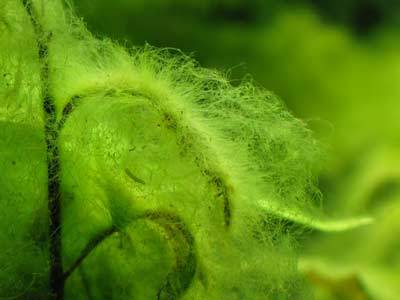 Highly disturbed, I need some HELP
QuestionHi
I have a 28 gallon saltwater tank, it has be
Highly disturbed, I need some HELP
QuestionHi
I have a 28 gallon saltwater tank, it has be
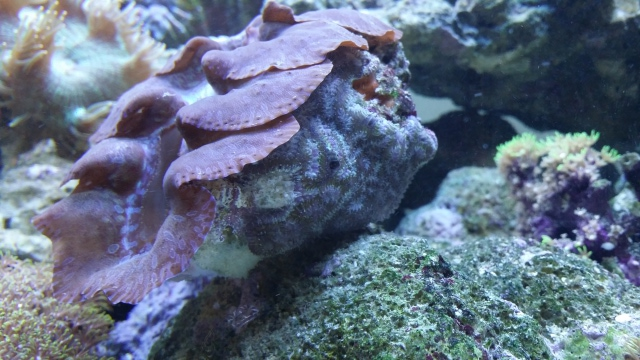 Strange growth on my clam
Question
clam growth
Hi David,
I have been in t
Strange growth on my clam
Question
clam growth
Hi David,
I have been in t
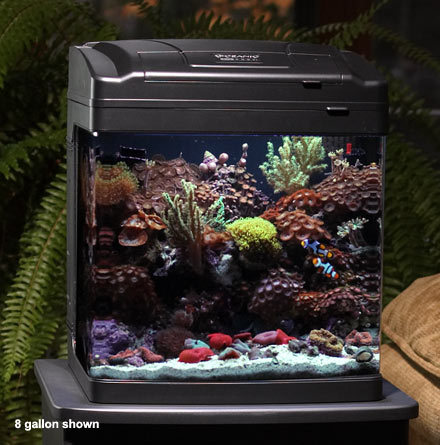 biocube 8
Questionive been trying to get some questions answe and
biocube 8
Questionive been trying to get some questions answe and
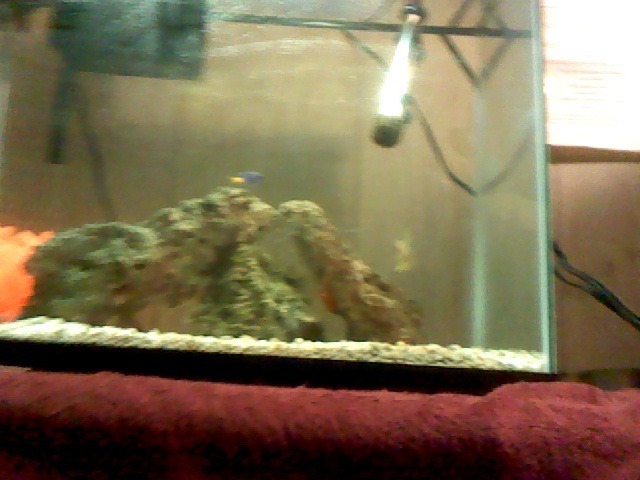 14 gallon tank
Questionmy tank
QUESTION: hello I have 2 questio
14 gallon tank
Questionmy tank
QUESTION: hello I have 2 questio
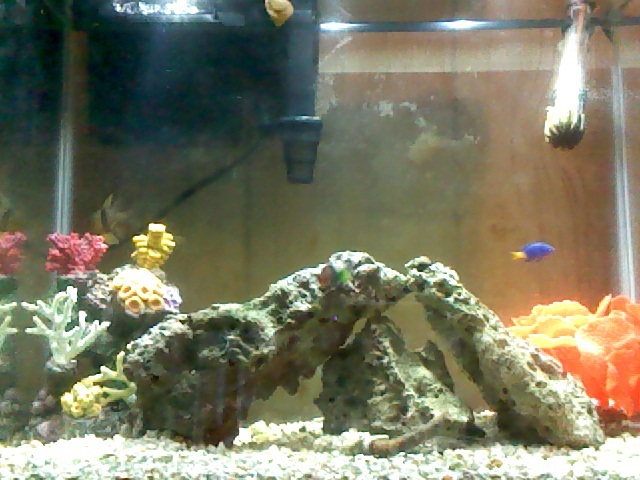 15 gallon tank
Question
my tank
hello, i have two questions. my fist q
15 gallon tank
Question
my tank
hello, i have two questions. my fist q